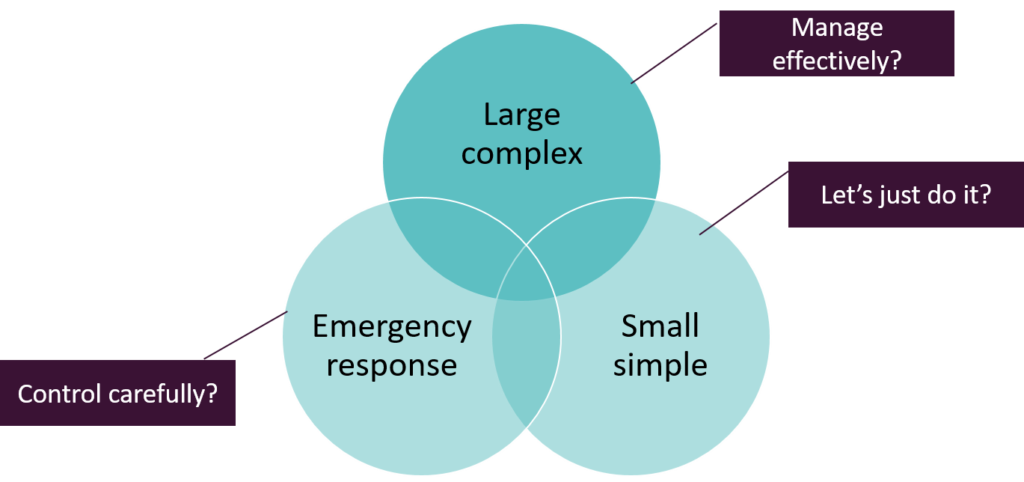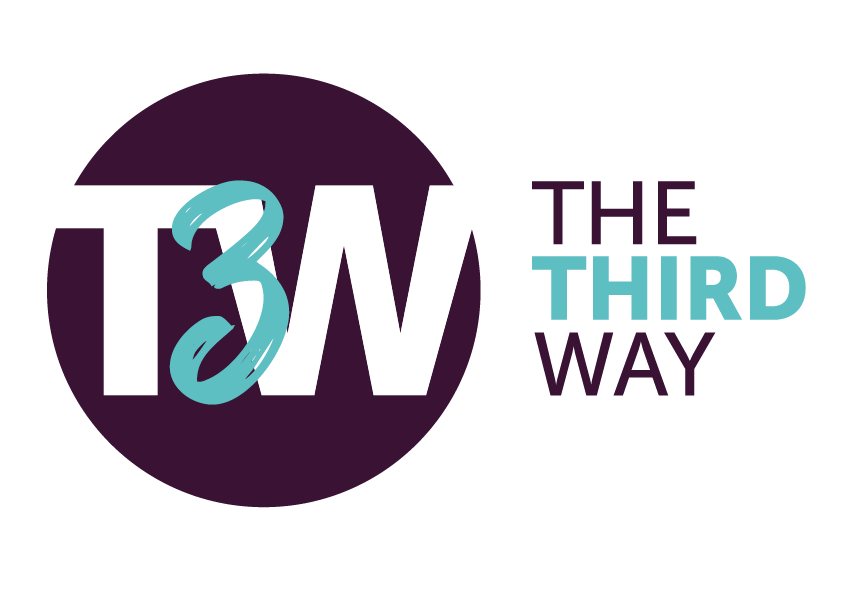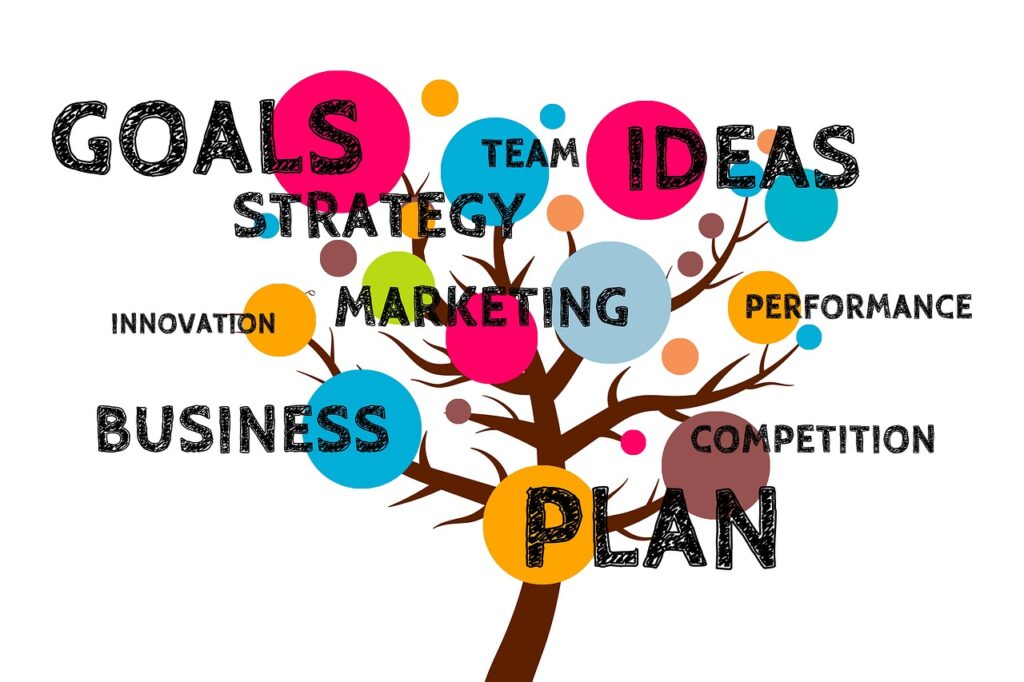Three Types of Project Management
Project management involves the planning and organisation of resources to move a specific task, event, or duty towards completion. It can involve a one-time project or an on-going activity, and resources managed include personnel, finances, technology, and intellectual property.
No matter what the sector is, the project manager tends to have roughly the same job: to help define the goals and objectives of the project and determine when the various project components are to be completed and by whom. They also create quality control checks to ensure completed components meet a certain standard.
Many types of project management have been developed to meet the specific needs of certain industries or types of projects. They include the following:
1. Waterfall Project Management – This is similar to traditional project management but includes the caveat that each task needs to be completed before the next one starts. Steps are linear and progress flows in one direction—like a waterfall. Because of this, attention to task sequences and timelines are very important in this type of project management.
2. Agile Project Management – The computer software industry was one of the first to use this methodology. With the basis originating in the 12 core principles of the Agile Manifesto, http://agilemanifesto.org/
Agile project management is an iterative process focused on the continuous monitoring and improvement of deliverables. At its core, high-quality deliverables are a result of providing customer value, team interactions, and adapting to current business circumstances. Agile project management does not follow a sequential stage-by-stage approach. Instead, various team members in an organisation complete phases of the project in parallel to each other.
3. Lean Project Management – This methodology is all about avoiding waste, both of time and of resources. The principles of this methodology were gleaned from Japanese manufacturing practices. The main idea behind them is to create more value for customers with fewer resources.
There are many more methodologies and types of project management than listed here, but these are some of the most common. The type used depends on the preference of the project manager or the company whose project is being managed.
Getting better at project management begins with understanding the things that we can control, in other words taking responsibility to be PROACTIVE. In the introductory session we looked at three categories of projects, it does not matter what type or size of project, we still need to communicate the end in mind. The following slide shows examples of project briefs. This is the project team initial documentation that aims to communicate what the project is all about. It will help the project team develop a shared purpose but also help the stakeholders of the project understand the aims, objectives and direction of the project.

Depending on what type of project you are running will define how complex the project brief document will be. Most briefs will include the following:
- Project Title
- Project Goal
- Project Start and End date
- Project Team Members
- Project leader or Manager
- Sponsor of the project or Agency funders
- Key Objectives, or Key Performance Indicators
- Identification of Stakeholders
In addition to this more advanced projects will include:
- Project Risk Assessment
- Stakeholder Analysis
- The Problem Definition

